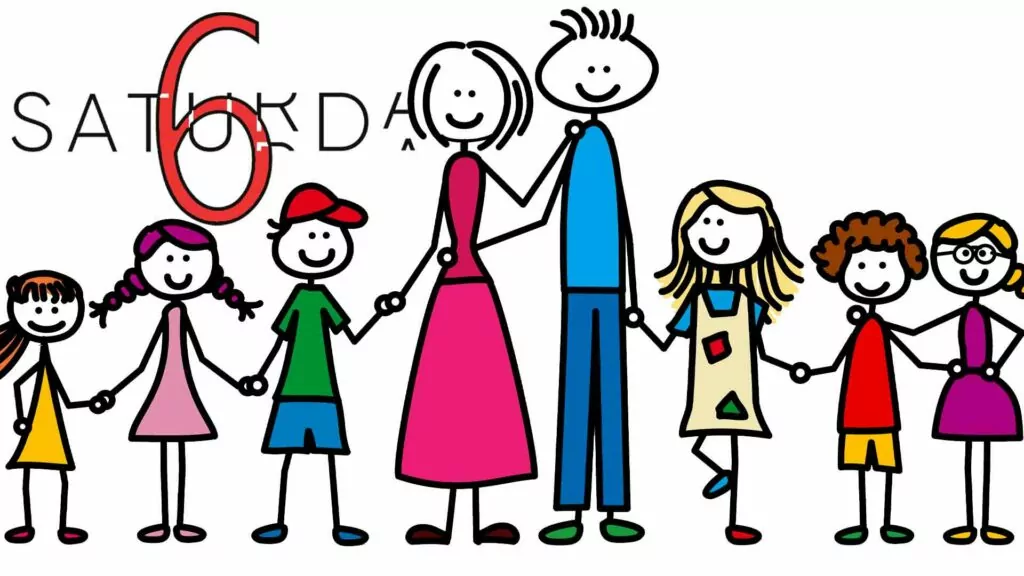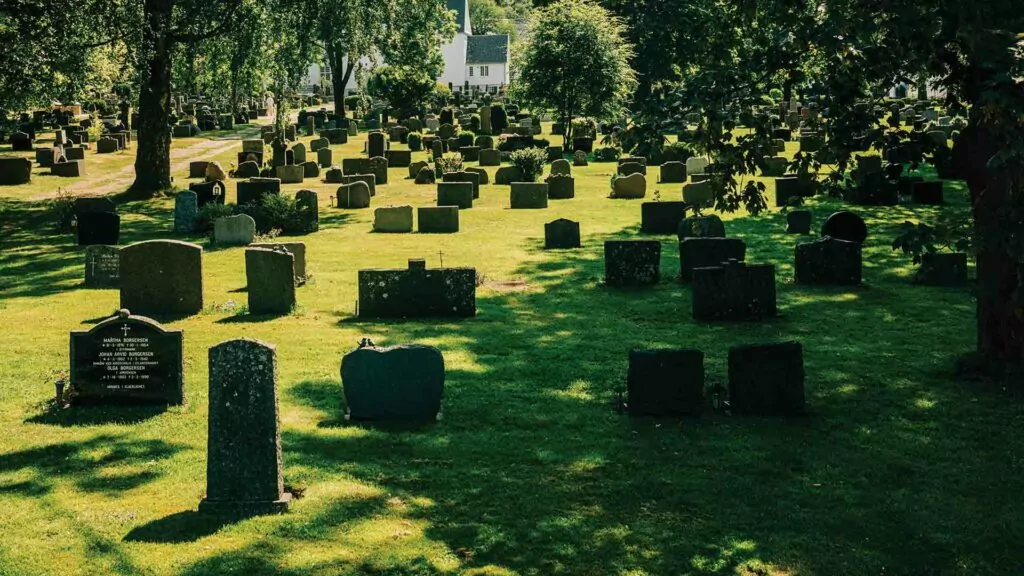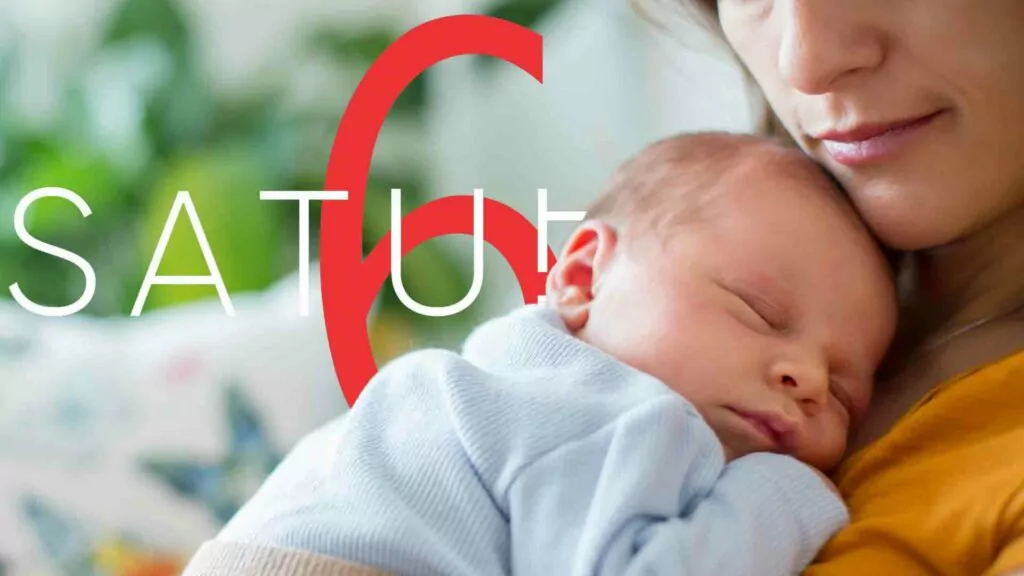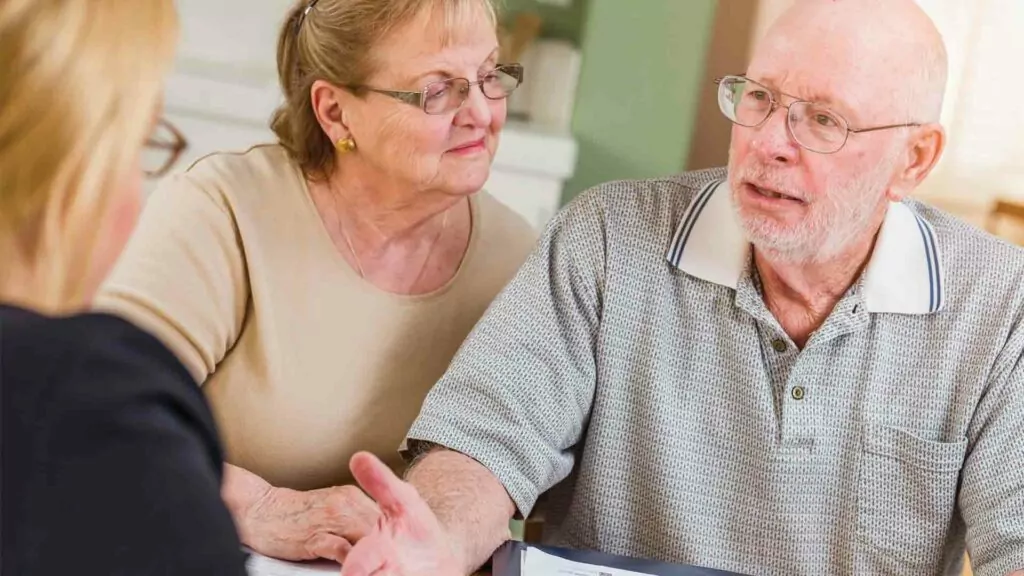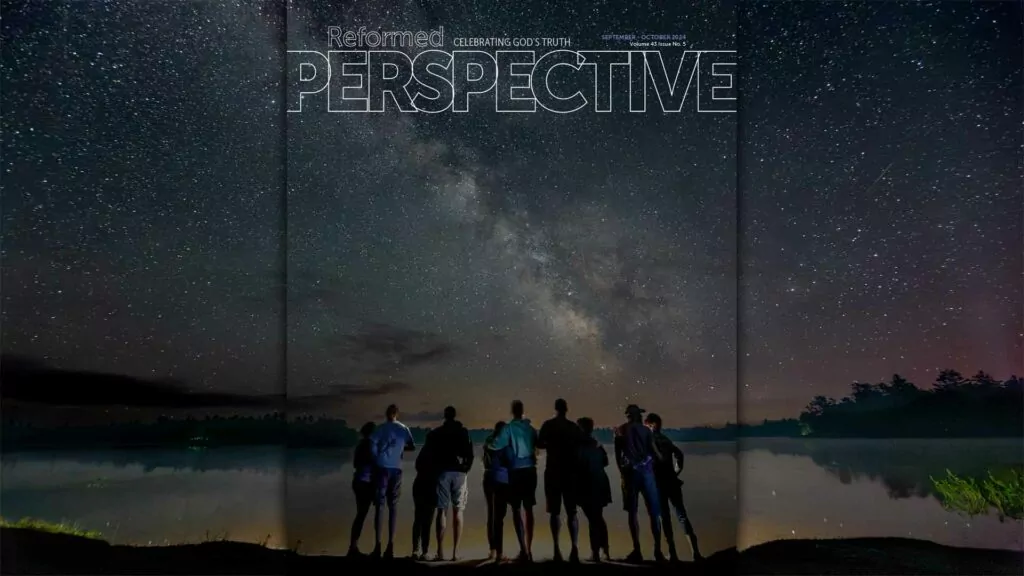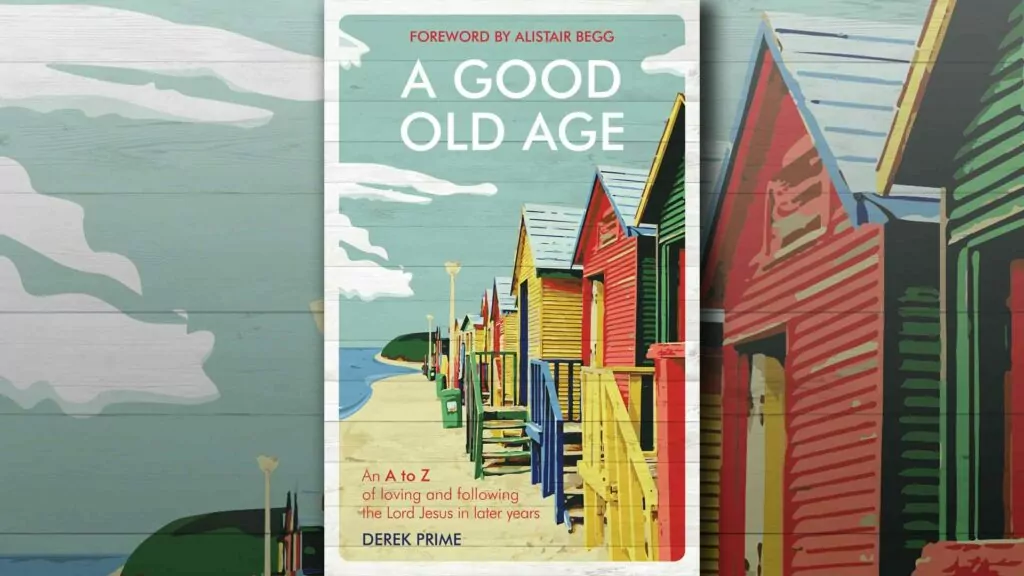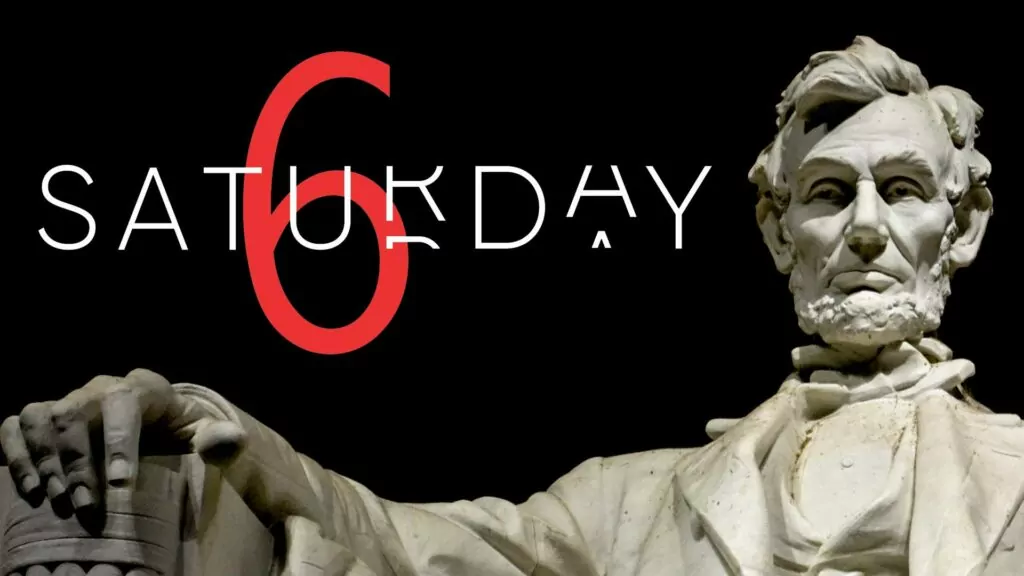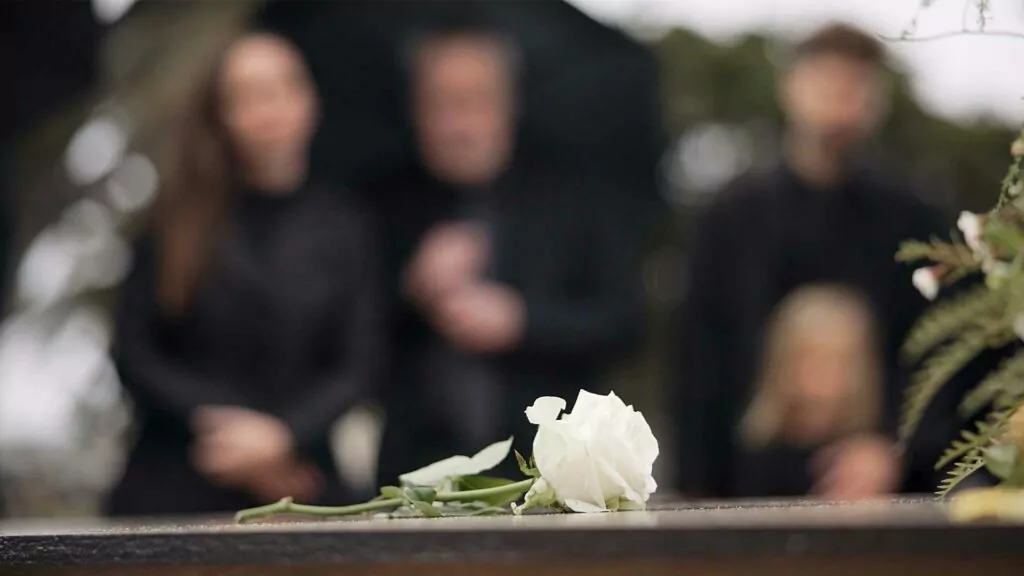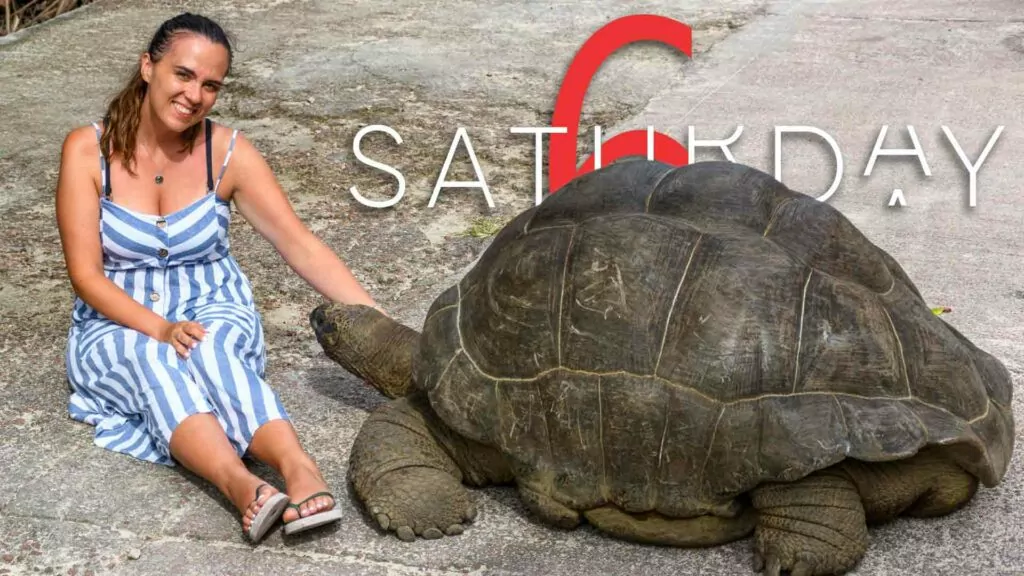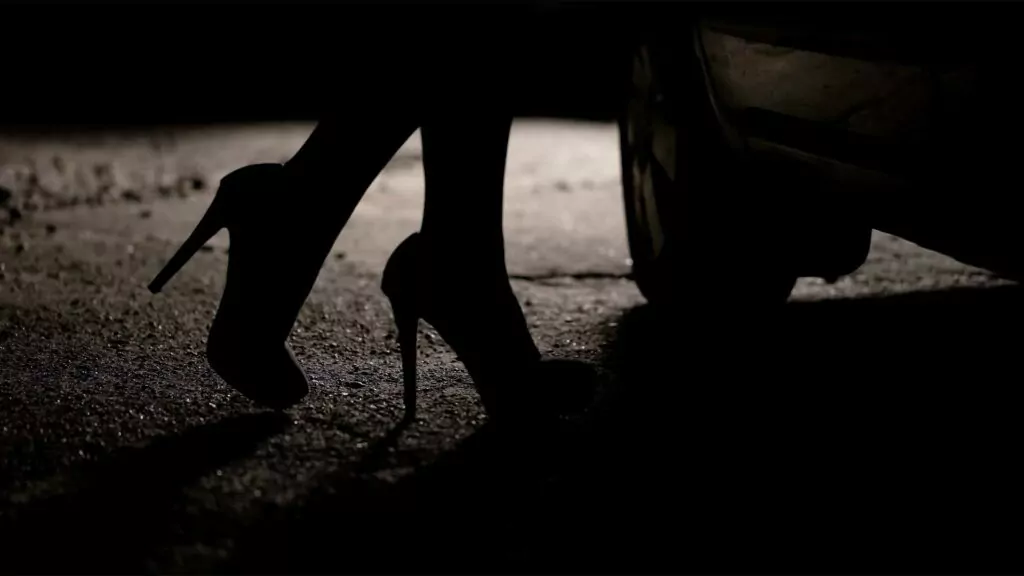A century of cinema for your family
20+ great films for you and your kids to time travel through the last 100 years
*****
While most other art forms have been around for centuries and millennia, “motion pictures” have only existed for just over a century. Back in March of 1895, two Frenchmen, the Lumière brothers, had a public screening of their black and white, silent, 46-second-long film Employees Leaving the Lumière Factory. And while that was as boring as it sounds, improvements started coming fast and frequently – later that same year they showed a 40-second comedy of sorts, The Tables Turned on the Gardener. The title character is using a hose to water his plants and when the water pressure drops, he looks down his hose to find out why. And that’s when the boy who’d been stepping on his hose lets the water resume – a first go at cinematic slapstick.
In the decades that followed we got plot, then color, and eventually sound. Cinema brought different art forms together – writing, acting, costuming, cinematography, music, construction, and more – and it took filmmakers about a quarter century to really figure out how to gel them all. So it isn’t until the 1920s that we get films that begin to stand the test of time, and can entertain still.
Now it’s never been that easy to find quality movies for kids, and even less so when you have Christian standards for what your family watches. But if you expand your choices beyond what’s come out in the past year, it does get a little easier.
And if you want to mix some education along with your entertainment, then now might be a great time to introduce your kids to great movies of the past. You can show them the ways the world has changed and the ways it hasn’t, and they can learn that newer is not always better!
To make it easy to do, we’ve created a list of suggestions for you from movies we’ve previously reviewed. Travel backwards in time from today to the 1920s to see a hundred years of cinema history. And by heading backward one movie at a time, you can slowly get your children used to the very different pace and look of the older movies.
All the films that follow are linked to their longer reviews, so if there are any cautions, you can see what they are by clicking the titles.
2020s
Paw Patrol: the Movie
Who hasn’t heard of Paw Patrol by now? But rest assured you don’t have to have watched the show to enjoy the movie. When an incompetent mayor runs amok in Adventure City, the pups have to help clean up the chaos. This film is good old-fashioned fun.
The Super Mario Bros. Movie
If your kids are a bit older, they might enjoy this fun romp through the world of Mario Bros. Mario and his brother Luigi get sucked into a strange and colorful land, where Mario has to rescue everyone from the dreadful Bowser.
2010s
Tangled
This retelling of Rapunzel is a favorite of many. Rapunzel has been told she needs to stay in the tower to stay safe, but when she meets a thief named Flynn, she gets an opportunity to leave and explore the wider world. A highlight is her versatile hair and all the ways she uses it to help her and Flynn get out of tight situations!
The Peanuts Movie
This movie brings in all the silly fun of the comic and leaves out some of the melancholy. Charlie Brown tries a variety of activities to impress the Little Red-Haired Girl, and is helped out by his friends. Will he succeed?
2000s
Pollyanna
Orphaned Pollyanna teaches her aunt and neighbors about the “Glad Game” her father taught her – this game involves striving to find something to be glad about in even the most difficult situations. Throughout the movie, things happen that make it very hard for her to stay “glad” – will Pollyanna stop playing her game?
Chicken Run
This one is for teens and maybe tweens but not younger – a clever claymation homage to the World War II prisoner escape genre, this takes place on a chicken farm, with the hens working together to plan a mass exodus. But they'll have to get past the Nazi guards farmer and his dogs first. This might be more for dads and their lads, but kids with an interest in World War II history should appreciate this.
1990s
Little Women
Four sisters, Meg, Jo, Beth and Amy, come together through hard times their family experiences, and do their best to grow up into good young women.
Toy Story
All of the Toy Story movies are worth watching, but the first one came out all the way back in 1995, making it a great fit for the 1990s. Andy’s toys – Woody, Mr. Potato Head, Little Bo Peep, and more – all come to life when no people are around. Then a new toy, Buzz Lightyear, arrives to make Woody jealous. Both adults, and children as young as 12, can really appreciate this one (a bully and his initially creepy toys might be too much for the younger crowd).
1980s
An American Tail
Animated films are often assumed to be “just” for children, but the best of them use the art form to showcase stories for all ages – which means this could be a great film for the whole family! An American Tail explores the story of immigration, which is something many of us are familiar with as a result of our own family histories with immigration.
The Fox and the Hound
A fox and a hound meet and become the best of friends... but as they grow up, will their friendship last? They’re told foxes and hounds are natural enemies. This is a classic film with strong lessons about racism contained in it.
1970s
The Hobbit
While the live-action Hobbit trilogy hit big screens in the 2010s, the initial animated version came out in 1977. It has a lot to offer, and is not split into three parts!
The Many Adventures of Winnie the Pooh
Who doesn’t love Winnie the Pooh? This movie contains several classic Pooh stories, and is a perfect way to introduce children to Pooh and his friends.
1960s
The Incredible Journey
Another classic movie based on a book. In this story, two dogs and a cat have to find their way back to their family, who are over 200 miles away.
Hans Brinker, or the Silver Skates
A movie set in the Netherlands! Young Hans has to support his family, but he struggles to afford both food for them all, and medicine for his father. So he enters a 26-mile skating race with a big prize. Will he win?
1950s
Jack and the Beanstalk
Abbott and Costello, the well-known comedy duo from the 40s and 50s, star in this version of Jack and the Beanstalk. It’s slapstick, so some parental explanation might be needed for kids to get the jokes and comic physical humor, but kids will surely enjoy all the zany antics.
20,000 Leagues Under the Sea
A mysterious “sea monster” is destroying ships in the ocean, and three men are sent out to discover what it is, and stop it. It turns out not to be a sea creature, but a submarine! The three of them are taken aboard and start to learn all about its mysterious captain...
1940s
My Friend Flicka
A classic story of the love between a boy and his horse – a wild colt who needs to be tamed, and a boy who daydreams his way through school. Maybe they can both help each other grow up. A few cautions: for children who love horses, the death of a horse in this movie might be a tough watch, and the pace of this movie is slower, especially by modern movie standards.
Lassie Come Home
A boy is forced to sell his beloved and loyal dog Lassie when his family can’t afford to feed her anymore. Lassie’s new owner takes her to Scotland, but she is determined to find her way home, and goes through some serious adventures on her long journey.
1930s
The Prince and the Pauper
Stories about switched identities are fun, and this is one of the classic versions. A poor boy and a prince realize they look almost identical, and after they switch clothes they’re both mistaken for the wrong boy. Will the wrong boy end up crowned king? This is a black-and-white film, and is slower paced, but many children 9 and up will enjoy it.
The Adventures of Robin Hood
This film is consistently mentioned as the classic version of Robin Hood on screen, which went on to influence all the others. No dark and gritty retellings of Robin here! Our review lists four reasons you’ll never find a better version than this one.
1920s
Sherlock Jr.
We’re getting into movies old enough that some children will find them very, very different from modern movies... that said, most children do enjoy the silent films that are jam-packed with action! This could be a great opportunity to expand their viewing – and yours. Our first recommendation for silent films is Sherlock Jr., which is also free online if you click the title.
Seven Chances
Another silent film! Jimmie has seven chances to find someone to marry that day, in order to fulfill the conditions to inherit his grandfather’s fortune.
Conclusion
And that, then, is a collection of 22 films covering just over a century of cinema. If you do end up working your way through this list with your family, please let us know your thoughts, especially on the older ones. What were your favorites? We hope you find some gems!
To find even more film recommendations, including many films for younger children, be sure to check out our list of 200+ movies King David might watch....
